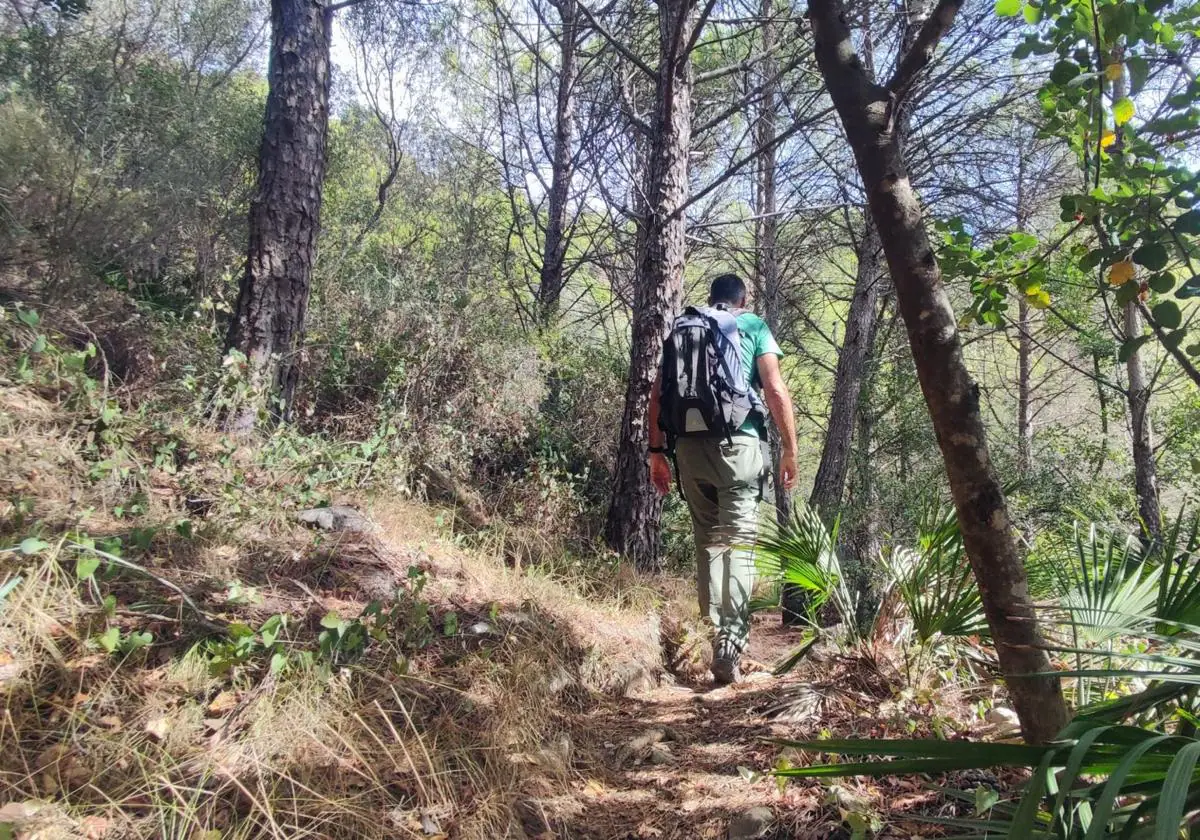

Sections
Highlight

An outstanding section of the GR-249 between Ojén and Marbella, which goes all the way to the Acebuche pass. This is the easternmost part of the Sierra Blanca, a real 'green lung' between the Costa del Sol and the Sierra de las Nieves.
Area: Sierra de las Nieves and Costa del Sol
Municipality: Ojén and Marbella
Difficulty level: Medium. Although it is very well signposted and there are no steep sections, the path is mostly narrow and in some areas quite uneven and even stony.
Route type: Linear.
Approximate duration: 2 hours and 40 minutes (one way)
Length: 5.8 kilometres (one way).
Minimum height: 383 metres.
Maximum height: 525 metres.
Nearby places of interest: Mirador de Ojén, La Virgencita chapel, El Cerezal botanical garden, Cuevas Altas y Bajas, Fuente de los Chorros, Nuestra Señora de la Encarnación church and Mirador del puerto del Acebuche.
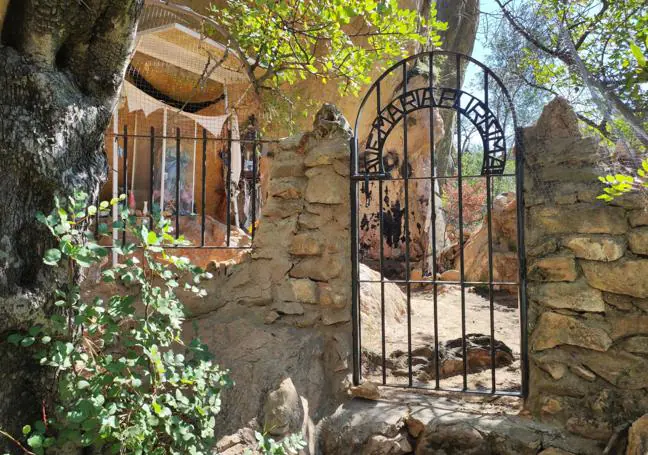
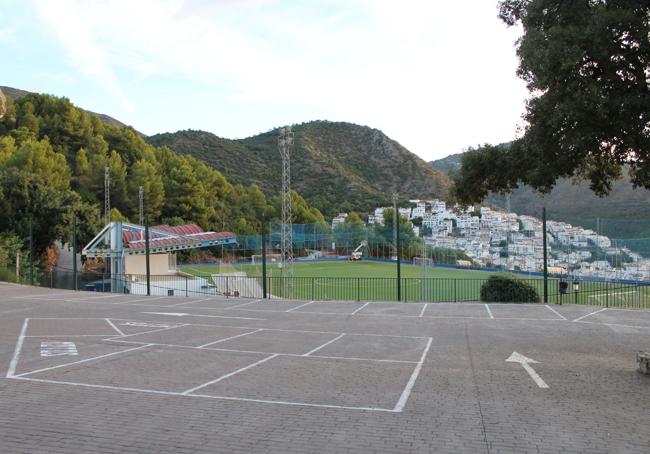
To follow this route, head for Ojén . Although the official start of the stage of the Gran Senda de Málaga that links this municipality with Marbella is in the town centre, it can be shortened by starting the route next to the municipal sports centre, as there is space to park your vehicle easily. Moreover, you only have to walk a few metres along an asphalted track, as in just two hundred metres you will be on a path that leads into the Sierra Blanca.
1From the municipal sports centre, once you have parked your vehicle, go up a tarmac lane towards the Ojén viewpoint. On this route you will see one of the signs for the stage of the Gran Senda de Málaga (Ojén-Marbella), which will guide you to the Acebuche pass. Before reaching the viewpoint, you must turn off to the right through a tunnel that crosses the A-355 road. Then continue along the track on the left until you reach a wide dirt track, along which you continue climbing.
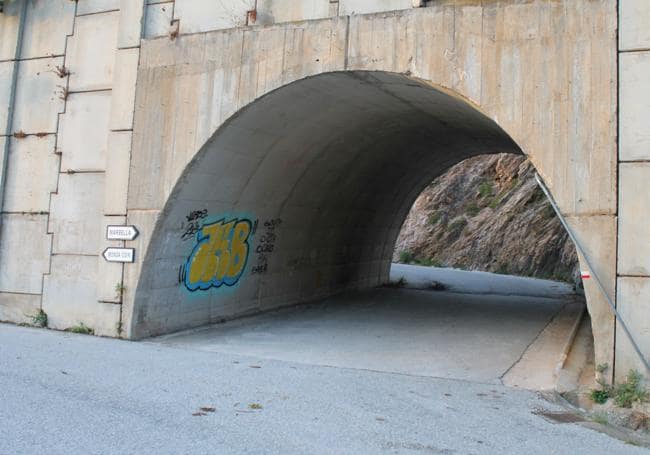
2After a few metres along a wide track you will come to a narrow path that goes deep into the mountains. From this point onwards, the path alternates between ascents and descents that allow you to walk through the vegetation, which becomes very lush in some sections. After a little over a kilometre, there is an important turn to the south and you pass by an old pillar or fountain that must have been important for livestock farming in the past. Shortly afterwards you reach the highest point of the route, which gives a spectacular panoramic view of Ojén and the surrounding area.
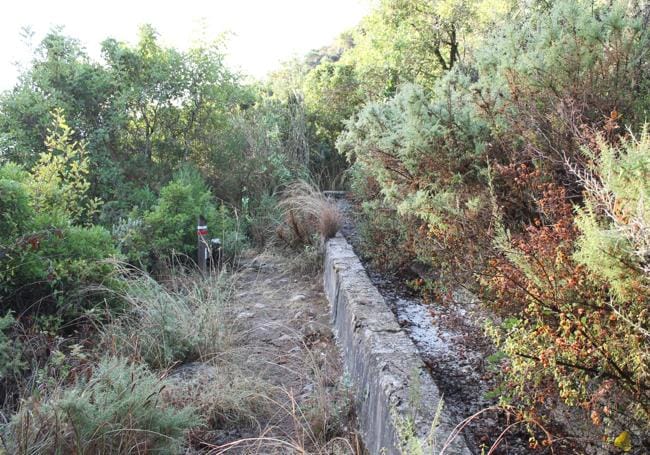
3From the highest point of the route, the path, which is always narrow, begins to descend for a kilometre and a half, although there will also be occasional climbs. The path continues southwards along the slopes of Sierra Blanca, with increasingly generous views towards the Mediterranean. You pass a group of houses relatively close to the A-355 road. Shortly afterwards you will reach an enclave that allows you to continue along the edge of Sierra Blanca, but this time towards the west.
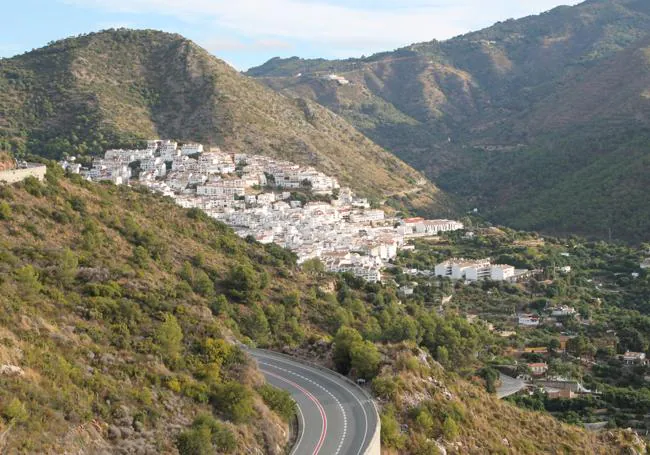
4In the last kilometre, from the turning to the west, you gain views of Marbella and its coastline. Although there are some climbs and descents and also some stretches of lush vegetation, there are several places to enjoy the wide panoramic views. This leads to the return point of this route, the Acebuche pass, one of the many emblematic places of the Sierra Blanca, a real green lung between Marbella and Ojén, or in other words, between the Costa del Sol and the Sierra de las Nieves.
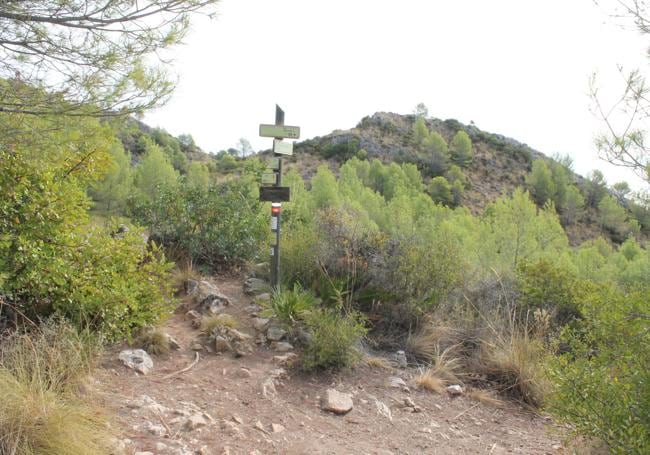
5From the Acebuche pass, it will be necessary to return via the same steps to the starting point. There are, however, other possibilities. If there is enough time, you can continue along stage 31 of the Gran Senda de Málaga to other milestones on the route, such as Puerto Rico Alto or the hermitage of Los Monjes. There is also a two-kilometre trail that descends more directly to Marbella from the Acebuche pass. In any case, you will have to take into account the time, the physical wear and tear and the way back to the starting point in Ojén.
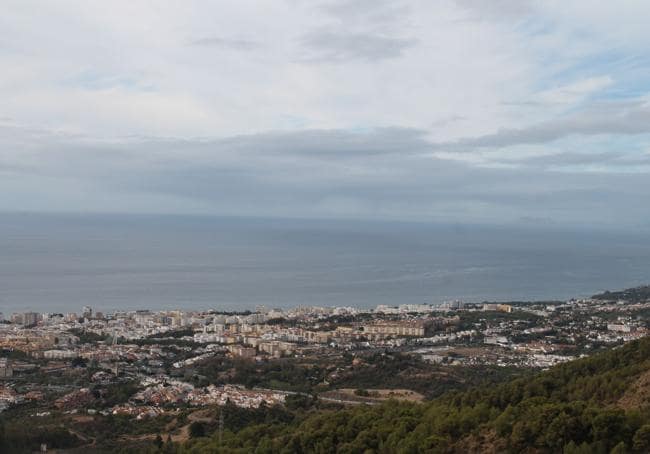
On this route, which crosses the Sierra Blanca de Marbella, there is a thick Mediterranean grove that accompanies the riverside vegetation and lush forests of different native plant species. In addition to pine and holm oak groves, honeysuckle and impressive ferns stand out on the banks. As far as fauna is concerned, you can see and hear some small birds typical of riverside ecosystems. Likewise, different types of reptiles and amphibians abound along the stream. Among the latter are frogs, which form part of the soundtrack in some sections.
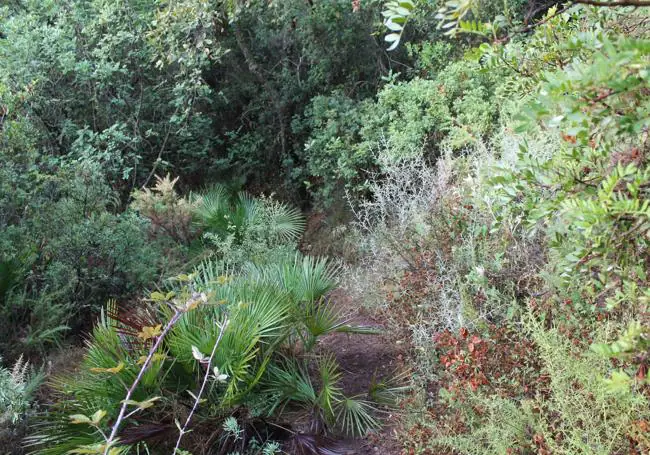
Publicidad
Publicidad
Publicidad
Publicidad
Esta funcionalidad es exclusiva para registrados.
Reporta un error en esta noticia

Debido a un error no hemos podido dar de alta tu suscripción.
Por favor, ponte en contacto con Atención al Cliente.

¡Bienvenido a SURINENGLISH!

Tu suscripción con Google se ha realizado correctamente, pero ya tenías otra suscripción activa en SURINENGLISH.
Déjanos tus datos y nos pondremos en contacto contigo para analizar tu caso

¡Tu suscripción con Google se ha realizado correctamente!
La compra se ha asociado al siguiente email
Comentar es una ventaja exclusiva para registrados
¿Ya eres registrado?
Inicia sesiónNecesitas ser suscriptor para poder votar.